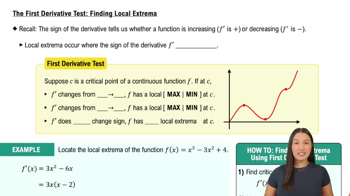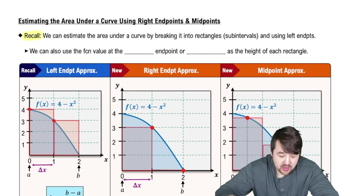The figure shows six containers, each of which is filled from the top. Assume water is poured into the containers at a constant rate and each container is filled in 10 s. Assume also that the horizontal cross sections of the containers are always circles. Let h (t) be the depth of water in the container at time t, for 0 ≤ t ≤ 10 . <IMAGE>
d. For each container, where does h' (the derivative of h ) have an absolute maximum on [0 , 10]?






